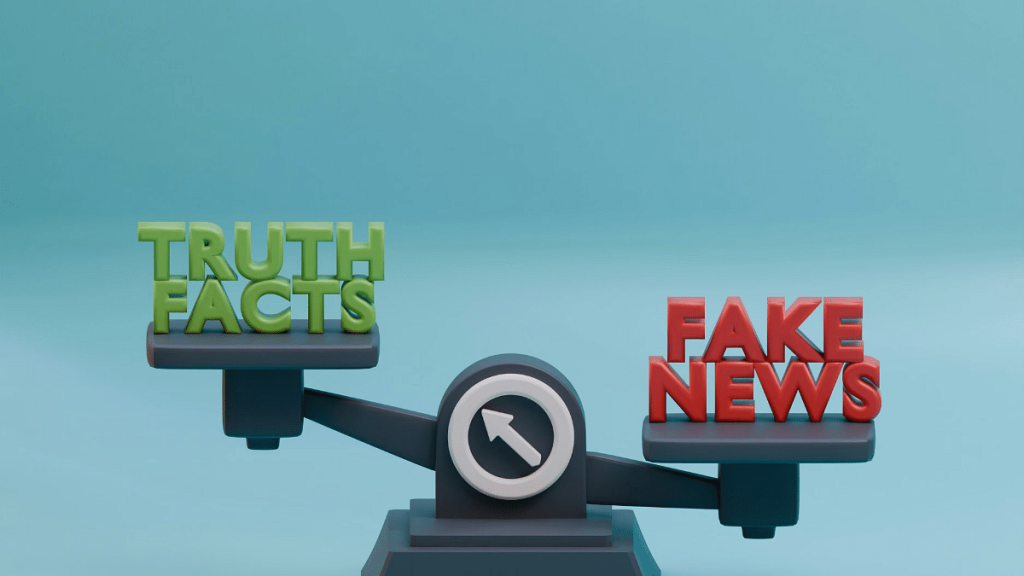A New Ecosystem Model for Information Integrity in the Digital Age
The digital age has ushered in an era of unprecedented access to information. However, this access comes at a cost. The information landscape is increasingly polluted with misinformation, disinformation, and manipulative content, threatening democratic discourse, social cohesion, and public trust. Now, more than ever, the ability to critically engage with information is paramount. Media and information literacy (MIL) has emerged as a global priority, not just as a personal skill set, but as a crucial defense against the erosion of truth and trust. MIL equips individuals with the tools to navigate this complex digital ecosystem, empowering them to access, analyze, evaluate, and create information responsibly in an environment shaped by algorithms, commercial incentives, and evolving threats.
The scope of MIL has expanded significantly beyond traditional media literacy. It now encompasses digital literacy, news literacy, advertising literacy, computer literacy, AI literacy, privacy literacy, and even human rights literacy. This holistic approach is essential for navigating the multifaceted nature of online information, where lines between fact and fiction are increasingly blurred by technologies like generative AI. This technology can create highly realistic but fabricated content, amplifying the need for strong MIL skills. These skills must be developed across all demographics and integrated into all aspects of life, from education to the workplace and beyond.
Despite its growing importance, MIL efforts remain fragmented and inadequately resourced. Current initiatives often focus on youth and formal education, neglecting the crucial need for adult and lifelong learning programs. Furthermore, a lack of coordination, evaluation, and resources, especially outside the education sector, hampers the effectiveness of existing programs. A new report from the World Economic Forum’s Global Coalition for Digital Safety, “Rethinking Media Literacy: A New Ecosystem Model for Information Integrity,” proposes a comprehensive model to strengthen information integrity by identifying key intervention points and addressing gaps in current strategies. This model promises a more coordinated and impactful approach to MIL.
Central to this new model is the integration of two complementary frameworks: the disinformation lifecycle and the socio-ecological model. The socio-ecological model recognizes that individual behaviors are influenced by broader social systems, emphasizing interconnected factors operating at multiple levels: individual, interpersonal, community, institutional, and policy. At the individual level, crucial skills include critical thinking, emotional literacy, media discernment, and digital navigation. Interpersonal networks of family, friends, and peers shape information habits and influence how individuals engage with information. Community-level institutions, such as schools, local media, and civil society organizations, play a vital role in reinforcing or resisting disinformation narratives. At the institutional level, educational systems, media companies, and digital platforms significantly influence the information environment through platform design, algorithms, and journalistic standards. Finally, policies at national, subnational, and international levels define the legal and structural boundaries for action, creating the enabling conditions for systemic responses to disinformation.
The disinformation lifecycle, the other component of the model, encompasses the various stages of disinformation from pre-creation to post-consumption. Each stage requires distinct and coordinated interventions to mitigate the supply and demand for disinformation. The pre-creation phase focuses on cultural norms, public awareness, and perceptions of accountability, which determine whether disinformation gains traction. The creation phase addresses the tools and conditions enabling the production of disinformation, particularly the ease with which impactful content can be generated using tools like generative AI. The distribution phase examines how platforms contribute to the spread and normalization of disinformation through algorithms and structural factors. Transparency at this stage is vital for accountability. The consumption phase focuses on how individuals interact with information and how to cultivate better information habits, promoting critical engagement and empowering users to challenge disinformation. Finally, the post-consumption phase addresses the long-term impact of disinformation and emphasizes the need for resilience strategies that support those affected and strengthen systems to respond to evolving threats.
The information resilience mapping model, formed by the intersection of the socio-ecological model and the disinformation lifecycle, provides a holistic framework for understanding and addressing the complex challenge of disinformation. It highlights the interconnectedness of individual actions, social structures, and the various stages of the disinformation lifecycle. This model underscores the need for a coordinated, multi-level approach to MIL that extends beyond individual education and includes community, institutional, and policy interventions. This integrated strategy is essential for cultivating information resilience in individuals and society as a whole, enabling us to navigate the increasingly complex digital information environment effectively. The model emphasizes that tackling disinformation requires a whole-of-society approach, recognizing the interplay of individual behaviors, social influences, and the mechanisms by which disinformation is created, spread, and consumed. This framework is crucial for building a more resilient information ecosystem and safeguarding the integrity of information in the digital age.


